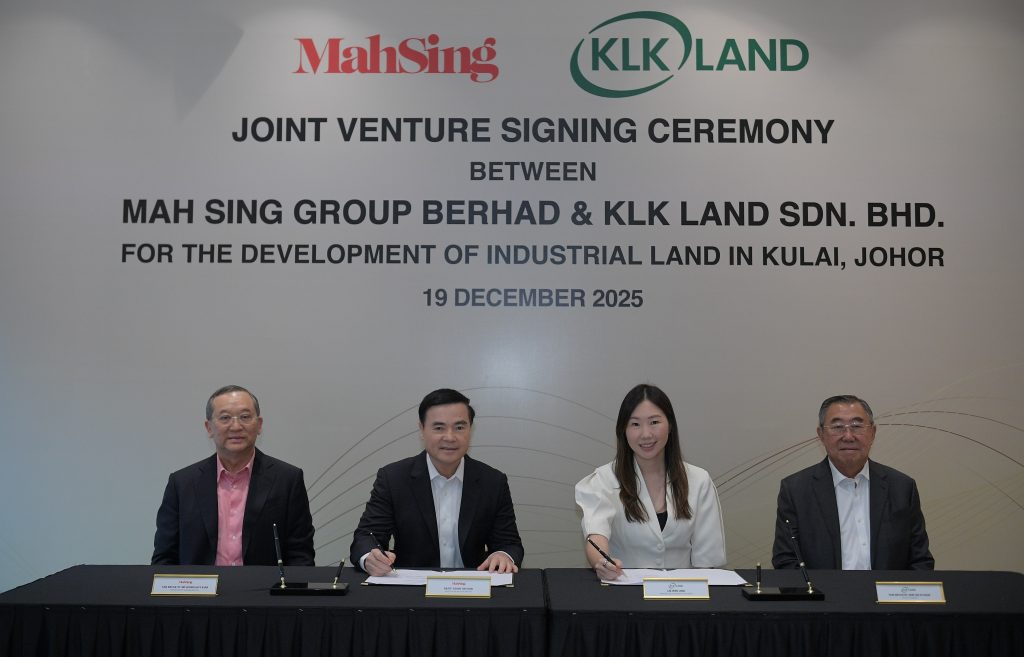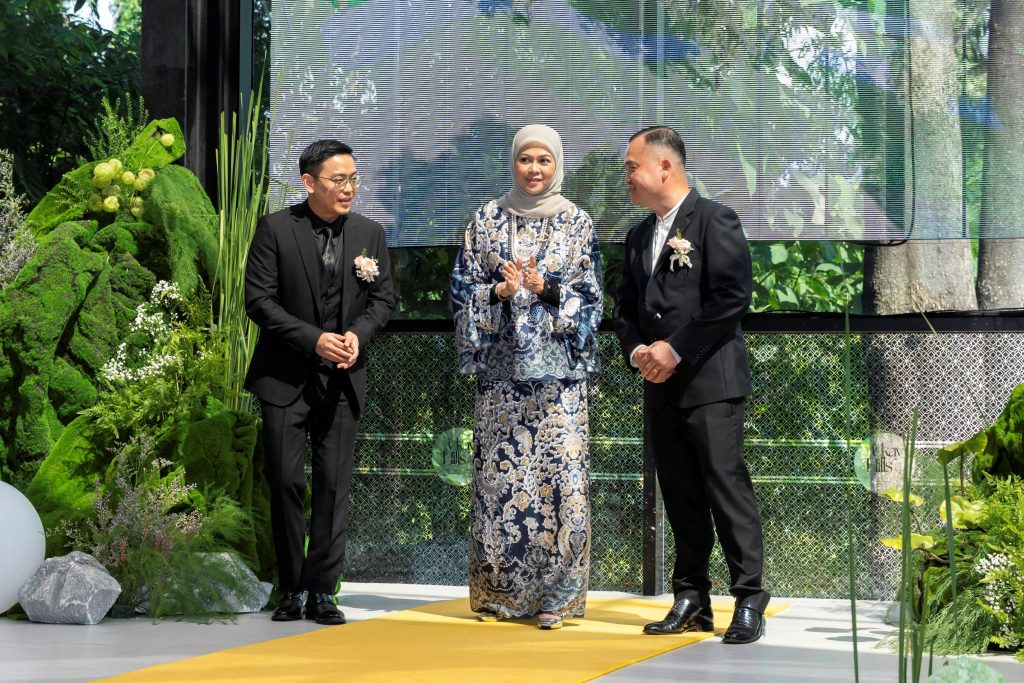Greening all our cities, townships and neighbourhoods must be a top priority
Contributed by Datin Noraida Saludin
As we reflect on 2022, still fresh in our mind are, of course, the flooding that hit the nation in late 2021 and early 2022 and its devastating impacts on many cities and areas in the country including Klang Valley and Greater Kuala Lumpur. We have seen how calamitous the impacts of the flooding were. The highly dense districts of Klang, Petaling and Hulu Langat, all of which are in Selangor – the richest state in Malaysia, suffered the most. Perhaps compounded by a lack of familiarity and preparedness coupled with the severe flooding situation, the floods of December 2021 left almost 50 dead and about 40,000 people had to be evacuated.
According to a special report by the Department of Statistics Malaysia, total losses and damage for living quarters, vehicles, business premises, agricultural industry, manufacturing industry, public amenities and infrastructure amounted to RM6.1bil. The intangible losses such as the destruction of heritage assets and items of sentimental, cultural or emotional value are non-quantifiable and irreplaceable.
The flash floods that occurred in November this year after the monsoon season began, again serve as a reminder and warning that climate change is real and will be confronting us in the years to come.
Trends fast-tracked
Besides flooding, we will continue to be challenged by Covid-19, which had put the spotlight on health and wellness in cities and significantly affected the way we live. The pandemic has somehow fast-tracked some trends like working from home, online shopping and peer-to-peer transport, to name a few. Some level of normality may have returned since the beginning of 2022 but in the coming years, many of the pandemic trends will continue. Some people will want to keep working from home, given the advantages such as reduced needs to commute to work and the time savings that come with it.
Already millions of Americans are taking part in an unprecedented experiment in working from home. Many are happier, more efficient and want to hang onto the benefits when the pandemic ends.
Many will want to live in what planners are calling 20, 15 or 10-minute neighbourhoods - a community concept where residents have easy, convenient access to many of the places and services they use daily including grocery stores, restaurants, schools and parks, without relying heavily on a car.
Reaffirming resilience, safety and health
The flooding and pandemic provide an opportunity to reaffirm resilience, safety and health criteria in urban planning – safe city, healthy city, walkable and cyclable city, clean city, green city, and many other city development concepts familiar to urban planners and city managers.
Greening all our cities, townships and neighbourhoods must be a top priority in 2023 and onwards. We are not just talking about tree plantings, but also green mobility, green infrastructure, green building, green economy, and green lifestyle. Of course, tree plantings are the lowest-hanging fruit.
Taking the green approach to urban planning has many benefits. It has the potential to lower urban temperatures, mitigate air pollution, build natural environmental resilience and shape low-carbon cities which subsequently contribute to the nation’s agenda for carbon neutrality.
One of the indicators for measuring SDG 11 is the area of public and green space in a city, as the lack of natural space creates an unhealthy urban living environment. A land planning, engineering design and landscape approach which integrates the urban water cycle into the urban design with re-utilisation of rainwater are now highly necessary to combat the effect of flooding on urban areas.
Nature-based solutions
Sponge city is a solution that has a green infrastructure to operate the infiltration, absorption, storage and even purification of these surface waters. It regards urban stormwater runoff as a resource rather than a nuisance or liability. Combined with landscape and urban design techniques, working with nature to make use of water in creating urban built environments that are softer, greener, cooler, aesthetically pleasing, healthy and more livable.
We need to build more attractive, safe, comfortable and direct walking and cycling networks in our cities, townships and neighbourhoods. A high standard of walking and cycling infrastructure is essential, to shift the balance of transportation modes from private vehicles to the greener mode of moving around. First-mile and last-mile solutions need to be better integrated if we want to reap the returns from public transport investment. Sceptics on walking argued that it is not practical to walk in Malaysia but we have seen how this has been successfully done in Singapore. A walkable environment is even more critical for Malaysia today as cases of overweight people and obesity are now increasing at an alarming rate. According to the recent National Health and Morbidity Survey, 50.1% of Malaysians are overweight.
Inclusive design needs to be given greater focus in urban planning - making cities, townships and neighbourhoods accessible to all and creating places everyone can use. Inclusive design enables everyone to participate equally, confidently and independently in everyday activities. We need to create more joyful spaces for children and barrier-free environments for the silver generation and disabled persons.
We are now entering a new urban era with inventions in technology for Smart City and Industry 4.0. Urban planning and city management must utilise all of the technological innovations now available, to reduce effort and time and improve efficiency in decision-making and urban administration. Smart City enhances the ability of government organisations to provide public services and broaden citizen participation in decision-making processes.
Overall, existing knowledge shows that Covid-19 and natural disaster entails an excellent opportunity for professionals in the built environment, developers, city managers and policymakers to take transformative actions towards creating cities that are more just, resilient, and sustainable - to build back better.
Stay ahead of the crowd and enjoy fresh insights on real estate, property development, and lifestyle trends when you subscribe to our newsletter and follow us on social media.











































